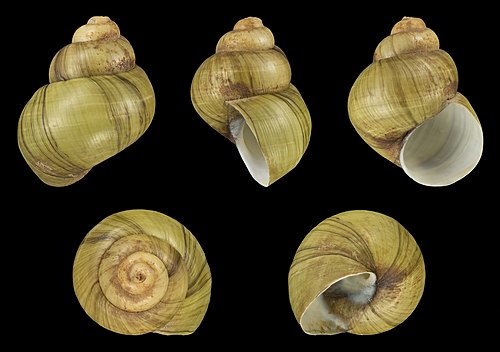Wikipedia:Main Page alternatives/(three tabs)
| Welcome to Wikipedia, Today is 21 May 2024 |
the free encyclopedia Explore! |
that anyone can edit Get Involved! |
|
Mary Anning (21 May 1799 – 9 March 1847) was an English fossil collector and palaeontologist. She made discoveries of Jurassic marine fossil beds in the cliffs along the English Channel at Lyme Regis, which changed the scientific thinking about prehistoric life and the history of the Earth. Her discoveries included the first correctly identified ichthyosaur skeleton, the first two nearly complete plesiosaur skeletons, and the first pterosaur skeleton outside Germany. Her observations helped prove that coprolites were fossilised faeces and that belemnite fossils contained ink sacs. As a woman, Anning could not join the Geological Society of London and struggled to receive credit for her contributions. Henry De la Beche painted Duria Antiquior based on fossils Anning had found and sold its prints for her benefit. After her death, an article about her life was published in Charles Dickens's literary magazine All the Year Round. A statue of Anning was erected in 2022, and she has been depicted in film and in manga. (Full article...)
Recently featured:
|
| ||
|
May 21: World Day for Cultural Diversity for Dialogue and Development
| ||
| |||





